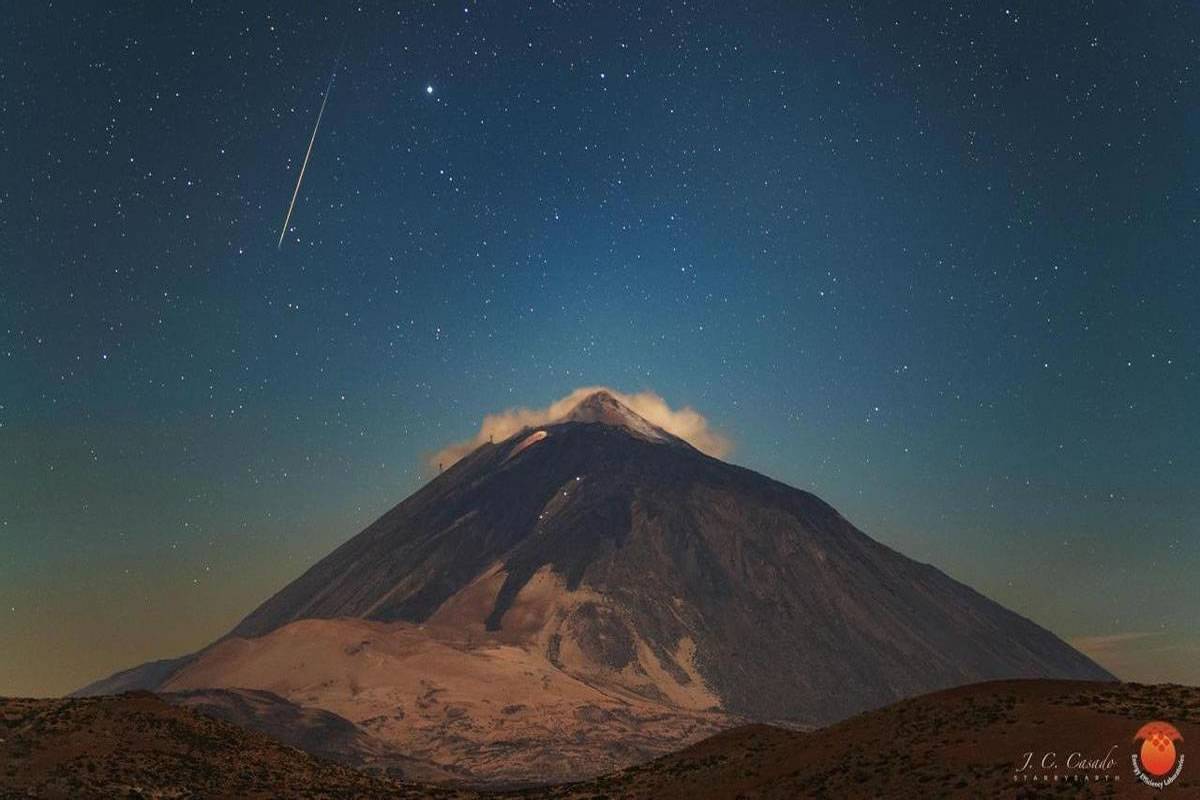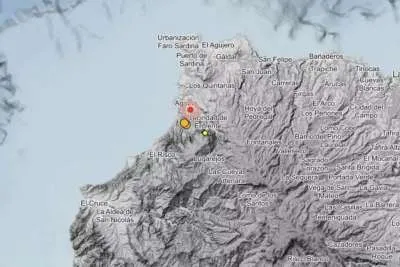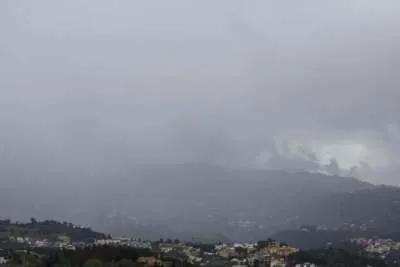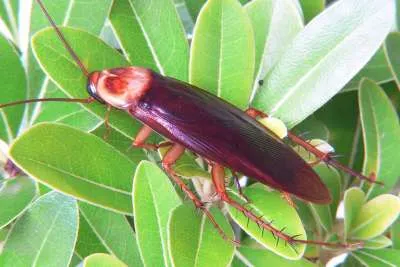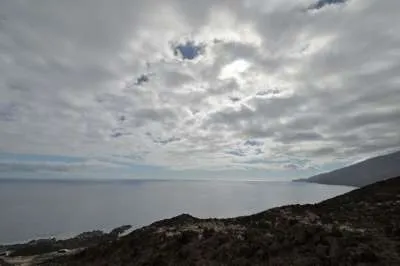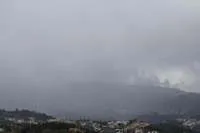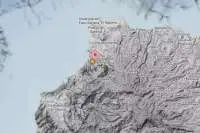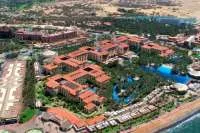The spectacular Quadrantids meteor shower will be visible on Wednesday
- 03-01-2023
- Tenerife
- Canarian Weekly
In the early hours of tomorrow, Wednesday, the sky-live.tv channel will be broadcasting the Quadrantids meteor shower live from the Teide Observatory in Tenerife and from Extremadura, one of the most active meteor showers of the year, thanks to the Interreg EELabs project.
The Canaries Institute of Astrophysics (IAC) announced that, as always, the year begins "looking at the sky" to share the maximum activity of the Quadrantids shower, which, together with the Geminids and the Perseids, form part of the "select group of the most intense meteor showers of the year, with an activity that is usually close to 100 meteors per hour”.
This year, they say, that the peak of activity is expected for 3:40am (Tenerife and UK time) tomorrow, so just before sunrise will be the best time to observe them. If you aren’t venturing out to Mt Teide in the middle of the night, you can watch the meteor shower here live from 6:00am, or on sky-live.tv
The Quadrantids show their peak of activity in the first week of January, although the IAC recalls that it will be necessary to wait well into the early morning for the radiant (the point from which the "shooting stars" seem to be born) of this meteor shower to be found, high enough in the sky that they can be easily seen with the naked eye.
The place to pinpoint in the sky is the Boyero constellation, which is located near the Big Dipper. That is the reason, indicates the IAC, why this meteor shower can hardly be seen from the southern hemisphere.
Normally, meteor showers get their name from their radiant (Perseids by the constellation Perseus, Geminids in Gemini, etc). However, the Quadrantids got their name from the disappeared constellation Quadrans Muralis, pointed out by the astronomer Joseph Lalande in 1795, and which, although it is no longer recognized by scientists, continues to give its name to this meteor shower.
It is expected that you will be able to see, on average, one meteor every four minutes, some of them very bright if you are in a place without light pollution and with clear horizons. During the early hours of the morning, the almost full Moon will make it difficult to see the weaker meteors, but by the time the shower reaches its maximum activity it will already have set and will not be a problem.
The so-called "shooting stars" are actually small dust particles of different sizes, some smaller than grains of sand, left by comets throughout their orbits around the Sun. The resulting stream of particles (called meteoroids), due to the "thaw" produced by solar heat, is scattered by the comet's orbit and is traversed every year by the Earth in its orbit around the Sun.
During this encounter, the dust particles disintegrate as they enter the atmosphere at high terrestrial speed, creating the well-known luminous traces that receive the scientific name of meteors. This is true for most meteor showers, but not for the Quadrantids and Geminids. And it is that no comet coincides with the trajectory of the cloud of "debris".
“In the last three years, the average activity of the Quadrantids has remained above 80 meteors per hour. The forecasts for tomorrow, January 4th, are similar. We cannot miss a shower with such a high activity”, comments Miquel Serra-Ricart, coordinator of the EELabs project.
If you aren’t venturing out to Mt Teide in the middle of the night, you can watch the meteor shower here live from 6:00am, or on sky-live.tv
Other articles that may interest you...
Trending
Most Read Articles
Featured Videos
A Vision of Elvis Tenerife Promo
- 10-05-2025
Tenerife Travel Guide
- 13-12-2024
Live webcam from Lanzarote airport
- 13-12-2024


